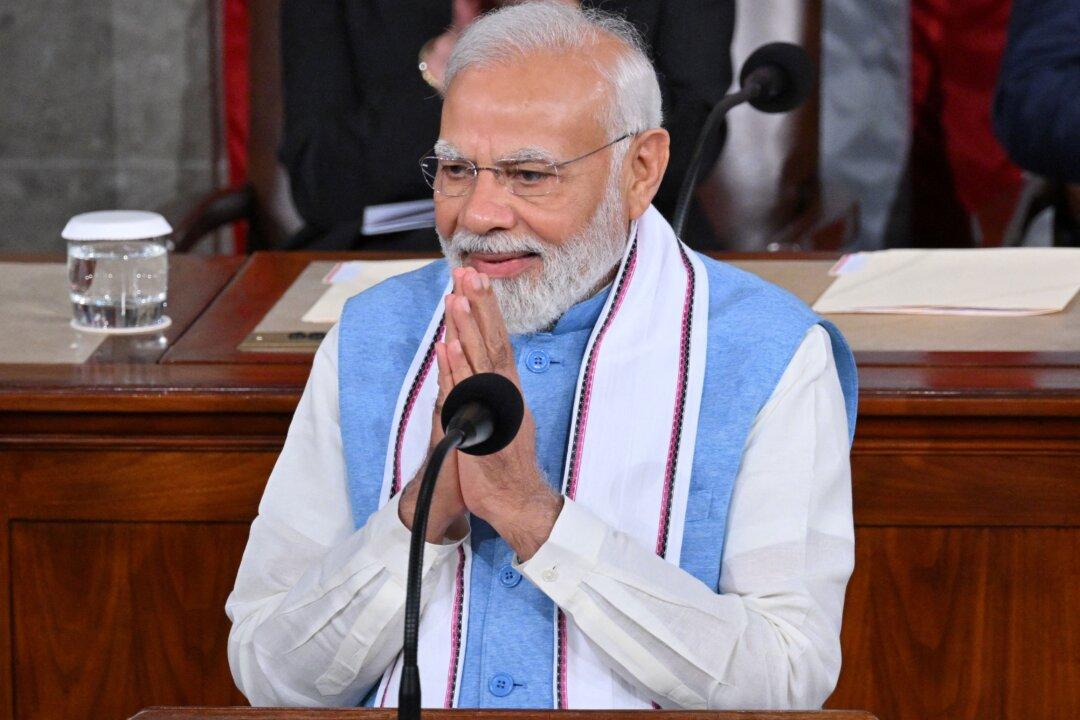Indian Prime Minister Narendra Modi, in his second address to a joint session of the U.S. Congress, emphasized the strength of India’s democracy, cultural diversity, and economic growth, as well as the potential of U.S.–India ties.
“The U.S. is the oldest and India [is] the largest democracy. Our partnership augurs well for the future of democracy,” Modi said during a speech that prompted numerous standing ovations.






